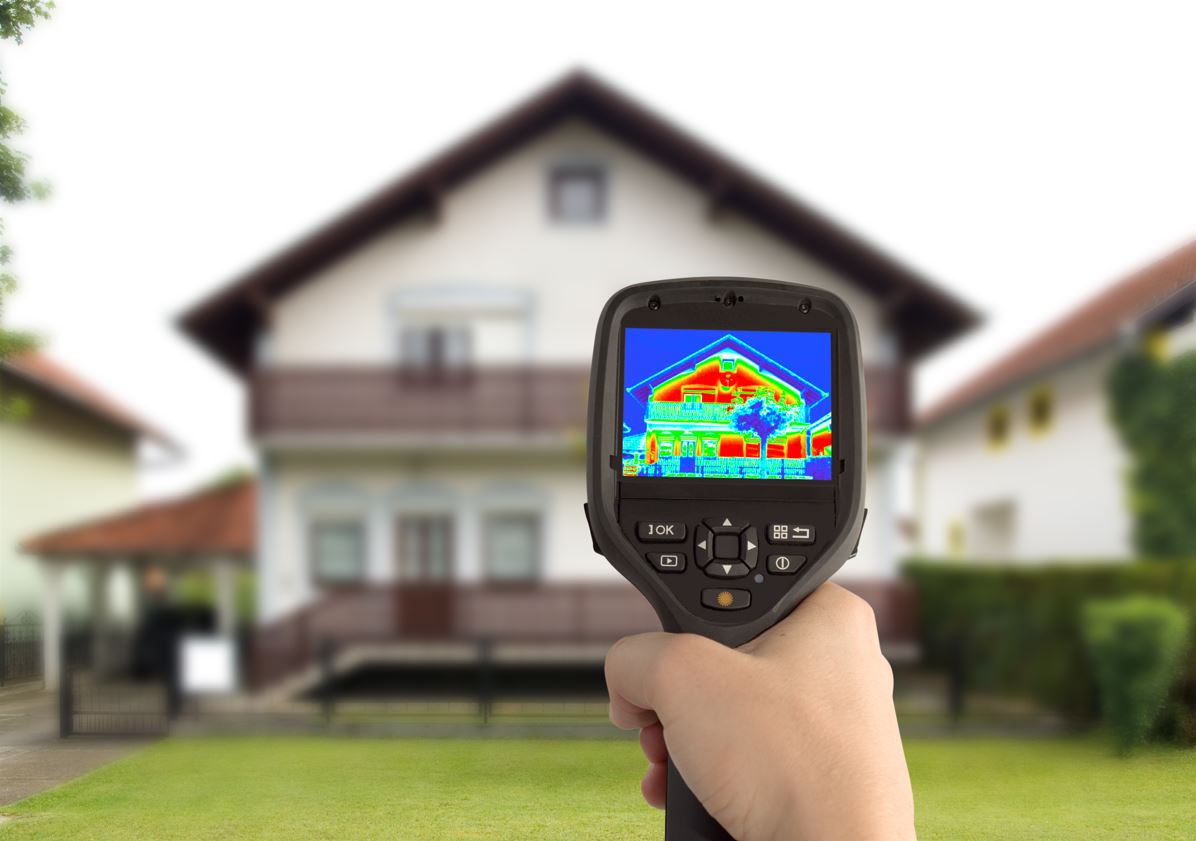
As schools across the UK work to eliminate carbon emissions by 2030, they are faced with an immense challenge – the extremely poor energy efficiency of existing buildings. Stewart Little, CEO of IRT Surveys, highlights how data- driven retrofits can help
Energy costs are the second largest budget item for schools after staffing. This, coupled with the unprecedented rise in energy costs and the quest to achieve net zero, is driving schools to seek energy-saving solutions. Retrofits have long been recognised as a solution to improving schools’ energy efficiency and reducing their carbon emissions, and when it comes to retrofitting there are several options to consider – insulations, upgrading windows and doors, and installing renewable technologies, amongst others. However, the costs involved in such projects are often prohibitive. Thankfully, by standardising the route between building engineering and finance, schools can now create projects that pay for themselves. To facilitate smart retrofit decision- making, energy consultants must help school stakeholders gather data to help identify the energy efficiency and emissions issues present in existing school buildings. Using Building Information Modelling (BIM) for building envelope thermal performance analysis and energy efficiency evaluation allows them to identify buildings’ emissions and energy efficiency issues, predict the costs of addressing these issues, and calculate their return on investment. When combined with thermal imaging, sensor data and other associated data, BIM can have an even greater impact as the resulting data offers far more useful and accurate visual insights into the condition of school buildings. Thermal imaging works by measuring areas of energy loss in a building and is used to assess buildings and make informed decisions about potential retrofitting by quantifying the images and detecting energy deficiencies.
The collected data can then be analysed using artificial intelligence (AI) and combined with open, archetypal building information to give an accurate insight into a building’s energy usage and energy waste. By producing accurate data, it can help school stakeholders make smart decisions based on facts, not assumptions. This is because an infrared thermal imaging survey offers an accurate insight into the condition of the building fabric, providing a detailed understanding into a wide range of energy efficiency issues, including empty or half-filled wall cavities, defective insulation, draughts, porous brickwork, rendering and waterproofing issues and more, many of which could go undetected using other forms of survey. Additionally, the process is non-invasive and non-destructive, meaning that no damage is done to the building’s fabric. When coupled with advanced energy- saving calculators and funding databases, it can help schools achieve CO2 reductions, realise financial savings, and improve conditions for pupils and staff by enabling them to take a more strategic approach to their retrofit pathway. Forecasting energy and carbon savings at the planning stage is an important part of the retrofit puzzle. But too often, expectations differ vastly from reality.
This is where risk quantification comes in as it provides confidence in outcomes and guarantees savings. With clear insight into the condition of school buildings before undertaking a retrofit project, coupled with an understanding of the likelihood and magnitude of project underperformance, schools can determine which retrofit measures will have the greatest positive impact in practice, allowing for clear and detailed budgeting in advance. Of course, with school budgets already under extreme pressure, a lack of funding is consistently cited as the biggest hurdle facing project execution. Thankfully, data- driven insights go a long way to solving this challenge. By combining thermal imaging data, advanced AI modelling, and risk quantification in an ecosystem approach, project outcomes can be guaranteed through insurance policies. This backstops underperformance and provides confidence to funders. Overhauling the energy efficiency of schools is a complex and costly undertaking. Considering this, consultants should use all the tools at their disposal to help school stakeholders make smart retrofit decisions that will result in reduced carbon emissions, greater financial savings, and improved conditions for pupils and staff.